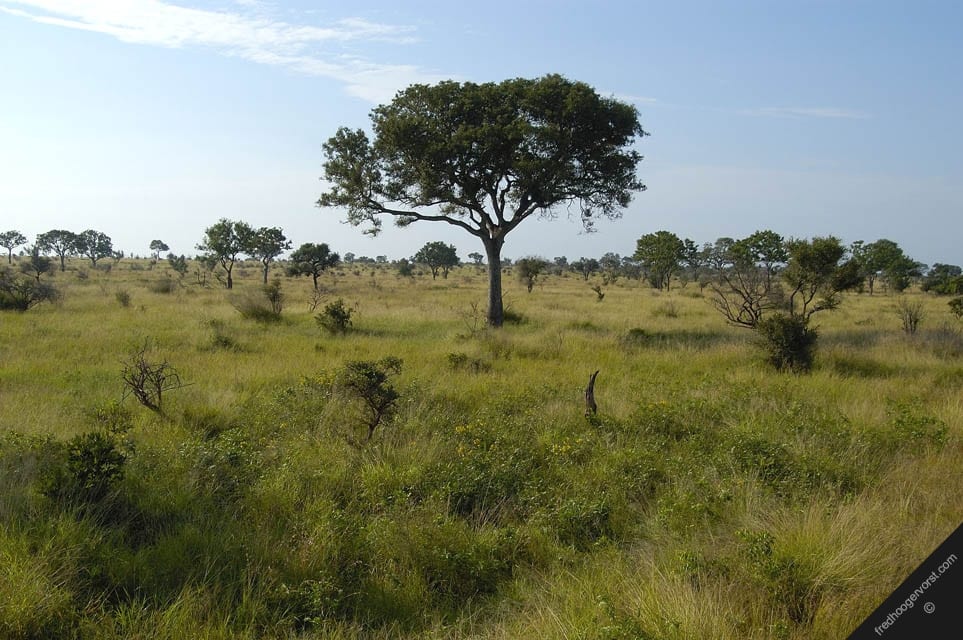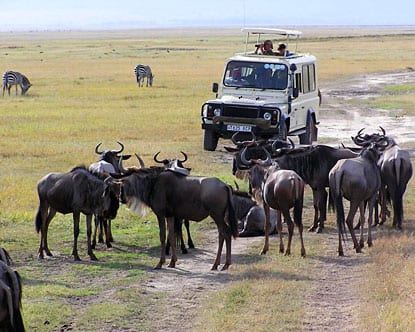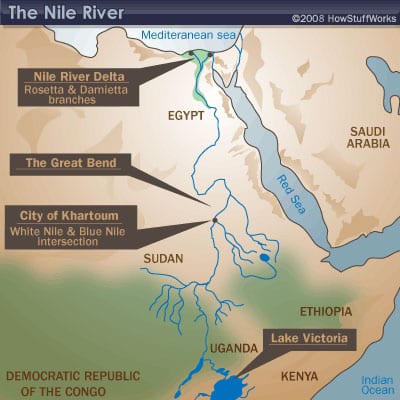Grassy plains.
Grassy plain are commonly associated with Africa (BBC, 2014) and are also referred to as grassland savannas, mainly located in the east and south of Africa. It has many different plants and an estimate of 2 million large plant-eating animals live in the savannas (Maya, 2003). The Serengeti and Ngorongoro are two common Savanna parks, which have been listed as a world heritage sites. The Ngorongoro was established in 1959 it includes the remarkable Ngorongoro crater with the world’s largest caldera (UNESCO, 2014).
Safaris.
Like most areas in Africa the tourism and events industry have taken advantage of the natural resources, one of the main ones being the landscape desert land and its inhabitance. Safaris are one of the most common tourist attractions, it allows visitors to explore Africa beautiful scenery and wildlife whilst also embracing the culture (Africa Travel, 2014). Kenya is popular area to take part in these excursion with a few of the parks listed as world heritage sites (UNESCO, 2014).
River Nile.
The River Nile is the world’s longest river, located Egypt and runs through other countries. Travellers chose to explore this river as it allows them to learn and feel a part of the history as the boat sails down the river passing unaltered ancient temples. The Egyptian government have made restrictions on how far the river can be sailed, but this does not stop explorers as there are other modes (Lonely planet, 2014).



